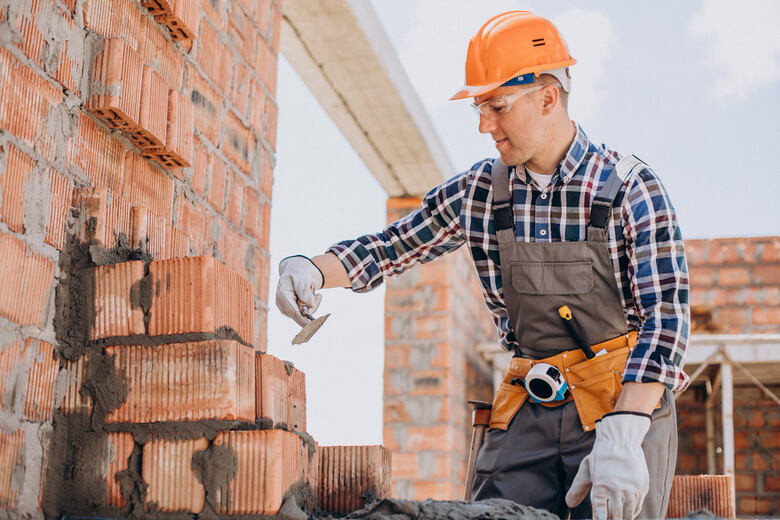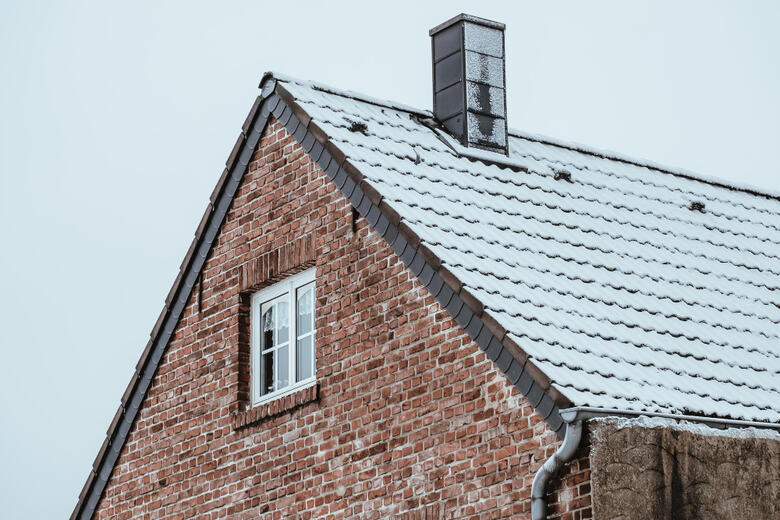- Free Estimates

A properly functioning chimney is crucial for the efficient operation of your fireplace and the safety of your home and family. As a homeowner in Ridgefield, CT, ensuring chimney safety becomes even more critical due to the specific climatic conditions in the region. To help you navigate the intricacies of chimney safety, we’ve compiled eight essential tips from a skilled masonry contractor in Ridgefield, CT. By implementing these expert recommendations, you can enjoy a warm and cozy fireplace while minimizing chimney risks.
When it comes to chimney safety, professional masonry contractor services are paramount. These experts possess the knowledge and expertise to perform comprehensive chimney inspections, unearthing potential hazards. Adhering to recommended inspection frequencies, typically once a year, assures homeowners that their chimneys are in optimal condition, safeguarding against unforeseen dangers. Here are some key points highlighting the significance of regular chimney inspections:
The efficiency and safety of your chimney depend on regular chimney cleaning. A professional masonry contractor in Ridgefield, CT, plays a vital role in emphasizing the significance of this practice. They employ specialized techniques and tools to remove creosote, debris, and other deposits, ensuring optimal chimney operation. Here are some key points highlighting the importance of proper chimney cleaning:

Professional masonry contractors emphasize safe wood-burning practices for wood-burning fireplaces. They advise homeowners on using appropriate firewood and employing proper burning techniques to ensure safety and efficiency. By emphasizing dry and seasoned firewood, these skilled masonry contractors help minimize creosote production and reduce the risk of chimney fires. They can also provide valuable guidance on stacking and storing techniques and safely starting and maintaining a fire. Here are some key points highlighting the significance of safe wood-burning practices:
An expert masonry contractor in Ridgefield, CT, emphasizes the installation of carbon monoxide detectors near chimneys to protect households from the silent threat of carbon monoxide (CO). Carbon monoxide is an odorless and colorless gas produced through incomplete combustion within the chimney. By recommending these detectors, skilled masonry contractors prioritize the safety of homeowners and their families. They can guide detector types, appropriate placement, and regular testing and maintenance. Here are some key points highlighting the significance of carbon monoxide detector installation:
Adequate ventilation and airflow within the chimney are crucial in minimizing creosote buildup. Professional masonry contractors emphasize the significance of proper ventilation, providing tips and recommendations to maintain optimal airflow for safe and efficient fireplace operation. They can assess the ventilation system and suggest improvements if necessary. Here are some key points highlighting the importance of proper ventilation and airflow:

Weather elements, particularly water, pose a significant threat to the structure and integrity of chimneys. Professional masonry contractors emphasize implementing preventive measures to protect chimneys from water damage. They recommend the installation of chimney caps, rain covers, and waterproofing solutions to prolong the chimney’s lifespan. Regular maintenance and inspection are also essential for identifying and addressing weather-related issues. Here are some key points highlighting the significance of protecting chimneys from water damage:
The chimney liner is a vital component that safeguards the chimney structure and facilitates proper airflow. A professional masonry contractor recognizes the significance of inspecting and maintaining the chimney liner to ensure its integrity and promote optimal chimney performance. These skilled masonry contractors can identify signs of liner damage or deterioration by emphasizing the importance of regular inspection and cleaning. They provide expert repair or replacement services when necessary, ensuring your chimney remains safe and efficient. Here are the key points highlighting the importance of checking and maintaining the chimney liner:
Professional masonry contractors understand the significance of homeowner awareness and education in maintaining chimney safety. They emphasize educating all household members about safe fireplace and chimney practices to minimize risks and ensure well-being. Here are some key points highlighting the significance of chimney safety education:
Following these five essential chimney safety tips recommended by a professional masonry contractor in Ridgefield, CT, ensures the safety and longevity of your chimney. Adhering to regular inspections, proper cleaning techniques, safe wood-burning practices, and carbon monoxide detector installation allow you to enjoy the warmth and ambiance of your fireplace with peace of mind. Ridgefield Expert Masonry Contractor is ready to assist you with all your chimney needs, providing prompt and professional services to address any chimney-related issues. Prioritizing chimney safety creates a cozy haven in your home and keeps your loved ones protected. Contact us today to ensure the optimal safety and functionality of your chimney.
29 Prospect St unit 14
Ridgefield, CT
06877, United States
Copyright © 2023 Masonry Contractor of Ridgefield